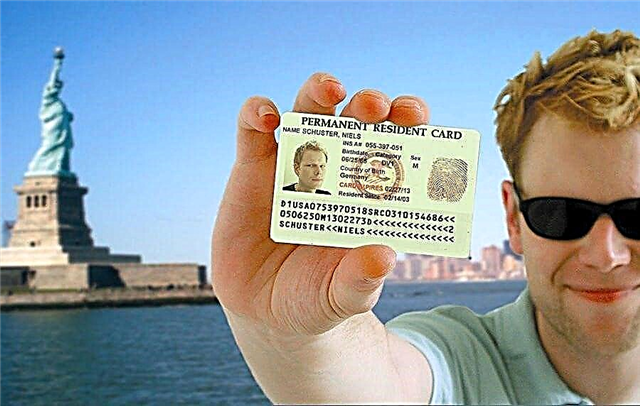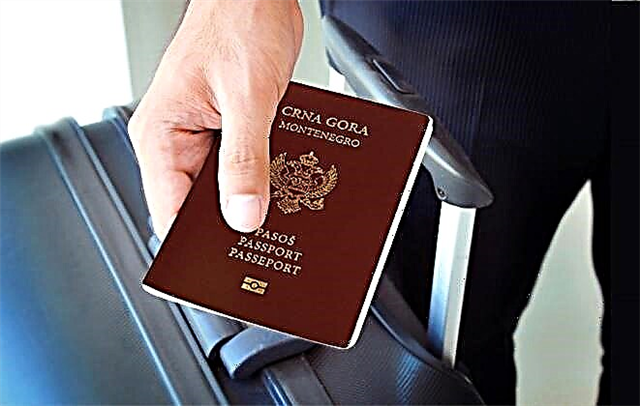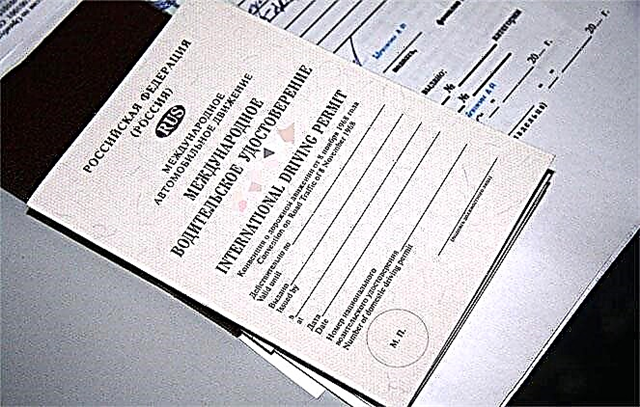When going on a road trip outside Russia, any sane driver will think about having a driver's license valid in other countries. Such a document is an international driver's license (IDP), issued to drivers on the basis of a national one. But the presence of an IDP is not always mandatory, and the absence is punishable. Can such rights replace ordinary ones? It is useful to know how international driving licenses differ from ordinary ones and how they should be applied in practice.
The legislative framework
A national driver's license is considered to be documents that give the ability to drive a vehicle, issued by the state of nationality of the recipient and valid on its territory.
General unified rules for the issuance of rights that allow driving a car within the country of residence are not provided for by international norms. This issue is resolved at the level of national legislation in each country separately.
In Russia, for example, the procedure and format for obtaining a driver's license is established by the Traffic Rules approved by the RF Government Decree No. 1090 of 23.10.199, the norms of the RF Government Decree No. 1097 of 24.10. 2021, as well as by order of the Ministry of Internal Affairs No. 365 dated 05/13/2009.
However, despite the absence of uniform international rules for the issuance of rights, international treaties to which Russia is a party have established uniform standards for their execution. In particular, Appendix 6 to the Vienna Convention on Road Traffic of 11/08/1968 establishes the appearance and content of the national rights of the countries participating in the agreement. Moreover, the provisions of the convention also determine the main conditions for drawing up documents of an international standard, and Appendix 7 defines their appearance.
Note that in addition to the Vienna Convention, there is also the Geneva Convention on Road Traffic of 09/19/1949. The signatory countries of this document introduce some differences in terms of the use of international rights by drivers; we will talk about this later.
Features and differences of documents
The rights of both national and international standards perform a single function - they confirm that their owner has the right to drive a car, pass the necessary exams and fulfill other requirements established by law. The issuance of both types of certificates is handled by the territorial divisions of the State Traffic Safety Inspectorate. But the IDP and national rights have many differences regarding the form and content, rules of issue, conditions of use and other significant aspects.
The first difference between a driving license and an international driving document concerns the appearance and content. The rights differ in the material from which they are made, the composition of the required details, the information included in them, and the size. For clarity, we propose to consider the differences in the form of a table.
| National | International | |
|---|---|---|
| Manufacturing material | plastic (Appendix No. 1 to the order of the Ministry of Internal Affairs No. 365 dated 05/13/2009) | paper (Appendix No. 7 to the Vienna Convention on Road Traffic) |
| Dimensions (edit) | 85.6 x 54mm, with rounded edges | 148 x 105 mm (A6 book) |
| Filling | Exclusively printed | Both printed and handwritten |
| Fill language | Russian with latin dubbing | Russian, English, Spanish, French and others |
| Indication of the countries in which | - | Allowed but not required |
| Indication of other driving licenses | - | Date and number of national rights |
| Driving restrictions for specific vehicles | - | + |
| Country-specific driving restrictions | - | + |
| Other conditions restricting use | - | + |
| Use of Electronically Readable Characters | + | - |
| Unified international form | - | + |
| Availability of seals | - | + |
Procedural features
By the way, international driving licenses differ from national ones not only in external aspects, but also in how they are issued, validity periods, conditions of use outside Russia.
We propose to consider procedural issues and features of the use of driving licenses in 2021 in the form of a table.
| National | International | |
|---|---|---|
| The need for training in a driving school | + | - |
| Passing theoretical and practical exams | + | - |
| Medical reports | + | - |
| Documents for receiving | ● statement, ● passport, ● medical certificate, ● document on training in a driving school, ● receipt of payment of state duty. | ● statement, ● passport, ● national rights, ● photo 35 x 45mm, ● receipt of payment of state duty. |
| State duty | 2000 rubles | 1600 rubles (1120 rubles if paid through the website of the State Service) |
| Possibility of use in Russia | + | - |
| Ability to use abroad | Partially | + |
| Possibility of obtaining | For some categories - from 16 years old | Only from 18 years old |
Thus, we can draw an intermediate conclusion: the procedure for obtaining an international driver's license is much simpler than the procedure for registering national rights. Unlike the latter, an IDP is issued within a few hours only upon presentation of a national driver's document and other papers on hand - the right to receive them is given by an ordinary certificate. It is interesting that a lower state duty is also charged for the manufacture of IDPs: even the usual replacement of national rights is more expensive.
Let's pay attention to other differences.
Validity
The validity period of international and national certificates is one of the main differences. So, according to Part 6 of Art. 25 of the Federal Law "On Road Safety", Russian national rights are issued to drivers for a period of 10 years. If they are damaged, lost or expired, the citizen needs to replace his driver's license.
According to Part 8 of Art. 25 of the said law, international driving documents for driving a vehicle are valid for 3 years from the date of their issue, but no longer than the valid national license.
Use outside of Russia
The rules for the use of international driving licenses are governed by the provisions of the Geneva and Vienna Conventions on Road Traffic. In fact, all signatory countries to the Vienna Convention, including Russia, recognize driving licenses issued by other signatory countries. Among them are Germany, Denmark, Spain, Italy, Latvia, Lithuania, Ukraine, Finland and many others.
Thus, in order to use a car on their territory, the holder of a Russian license only needs to have ordinary national rights - it is not necessary to obtain an internationally recognized document. Please note that international law is also valid in the signatory countries of the Vienna Convention, so the driver must choose which certificate to use - international or national.
Important: an IDP is valid only upon presentation of national rights with it.
On the territory of the signatory countries of the Geneva Convention, only international laws are in force, therefore, to visit them by car, they are mandatory. These countries include Turkey, the Netherlands, Malta, Iceland, Austria and others.
Do credentials replace each other
Contrary to the prevailing stereotype, international and national certificates are not interchangeable documents. The former, for example, according to clause 25 of the Federal Law "On Road Safety" cannot be used in Russia at all and are considered invalid for driving vehicles.In fact, such certificates are used only as an addition to the state-recognized rights and are invalid without them. Therefore, when traveling abroad, you should not leave your national ID at home.
Finally
International law is a document that complements national rights. These documents have many differences in terms of form, content, rules for their receipt and application. IDPs are valid and can / must be used on the territory of countries that are parties to the Vienna and Geneva Conventions. But at the same time, international driving licenses cannot be used on the territory of the countries that issue them.











